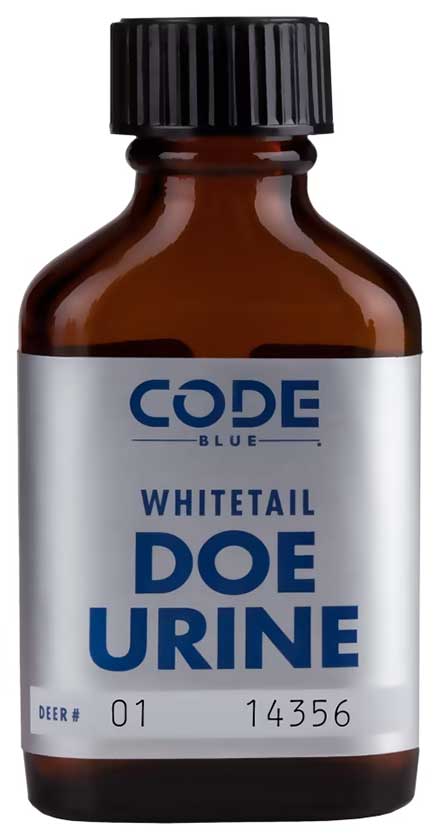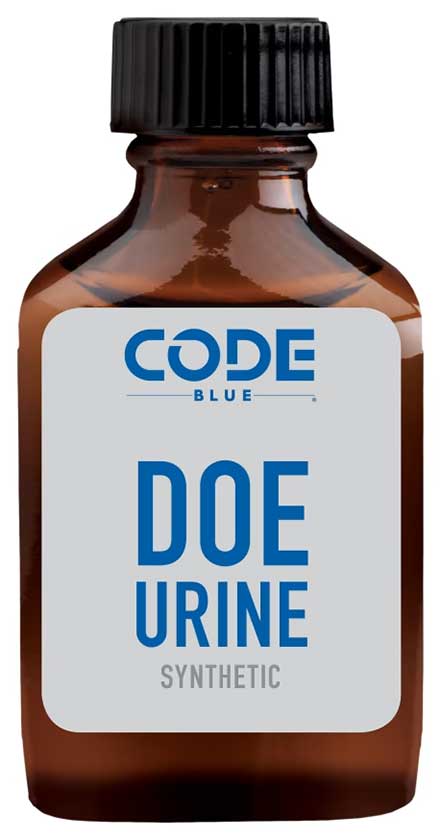
Harvesting a mature whitetail can be an extremely difficult task, even for veteran hunters. The rut seems to be our best chance at catching a cruising buck that slips up searching for love, but even that is far from guaranteed. Whitetails are extremely paranoid, and will use their noses to escape any threats. As hunters, we look for any edge that we can find. Thus, deer attractants have developed into a burgeoning business sector. More specifically, urine attractants are on top of the list of hunter favorites, and has been used to attract deer for decades. During different phases of the hunting season, different types of urine are used and can be extremely effective. For early season, non-estrous doe urine can be used to present a safe area that deer will want to congregate in because of the assumption that there are other deer around. For the pre-rut, buck urine works at enticing a competitive buck to challenge for territory dominance. For peak-rut, estrus doe urine can attract a cruising buck seeking a doe that is ready to be bred.
Over the years, there has been a healthy debate around using either real urine or synthetic urine. Both types have proponents who have argued about the efficacy of both, the health concerns of natural urine, the overall shelf life, and more. The debate has been going on for quite some time, and I don’t see that ending anytime soon. However, I have noticed clear advantages and disadvantages of both over the years. Here are some of my experiences, as well as a few thoughts from other avid whitetail hunters, and you can decide which is better between real urine and its synthetic counterpart.
Real Urine
The one clear advantage to using real doe urine is the simple fact that it’s all natural, and thus will seemingly give a more natural odor to the deer you are after. A whitetail’s sense of smell is unlike most animals, as they can break down certain odors and separate natural scents and synthetic ones, which may indicate danger. I have found that pure doe urine sends up less red flags than the synthetic kind, and may even attract more mature bucks when the rut rolls around. While this may only be for the estrus variety, it’s clear that bucks prefer the real thing, and are slightly more hesitant of the synthetics.
One of the main downsides to using natural urine is its shelf life. Without proper care, natural urine spoils very quickly, and will emit a foul odor that doesn’t smell anything like its original intent. I think old, expired natural urine loses its effectiveness as an attractant. Another issue that arises from the use of real urine is state and local regulations. Many states and counties have completely banned the use of real urine because of diseases, specifically the spread of chronic wasting disease, or CWD. As this terrible and fatal disease becomes even more problematic across the country, it’s likely that more states will join this ban. While the correlation between using bottled urine and the spread of CWD is unclear, it’s a risk that every hunter should think about.
Synthetic Urine
I started experimenting with synthetic urine as an attractant a few seasons ago, and was very impressed with the results. What made the biggest difference for me was the shelf life of synthetic urine. Essentially, I could spray it in designated spots near my treestand, toss it in my pack, and it would be ready to go the next time I needed it. The convenience factor was hard to beat, too, and that’s something you can’t find from using natural urine. The low risk of contamination was another added bonus for synthetics. Collecting real urine from a deer is rough work, and contamination can happen unknowingly even for the most experienced deer farmers. With synthetic, you know you’re getting the exact same product every time.
With the convenience and peace of mind knowing that synthetic urine has no links to CWD, it’s hard to overlook how less effective synthetic urine is compared to the real stuff as an attractant. Mature whitetails don’t become mature by chance, they become mature by being cautious, and this cautiousness is reliant almost entirely on their nose. If something doesn’t smell right, and that includes urine, they are likely to spook.
Final Thoughts

As whitetail hunters, we are constant students of the ever changing process. A whitetail will rely on its nose to avoid any threat, and as hunters we need to capitalize on that by using their sense of smell to our advantage. However, it’s hard to determine which products will lead to more success, and if the source of our data is reliable, unless we’re conducting the experiments ourselves. For hunters in states where natural urine is banned, it’s clear that your only option will be taking the synthetic route. If you happen to hunt in a state with no such ban, it would be wise to test out both options and experience for yourself which one provides better results.
Both synthetic and natural urine come with their own set of advantages and disadvantages. I firmly believe natural urine is a much better attractant and has proven to myself as well as other fellow hunters that nothing will bring a whitetails guard down better than their own natural scent. All the same, I can’t help but appreciate how synthetic lures have changed the way we hunt in such a meaningful way. Which one works for you will depend on your style, local regulations, and personal tests. All that’s left is to start hunting!
READ MORE: WHY YOU SHOULDN’T SHARE A SECRET HUNTING SPOT WITH ANOTHER HUNTER
The post Synthetic vs. Real Doe Urine: Which is Better? appeared first on Wide Open Spaces.


















